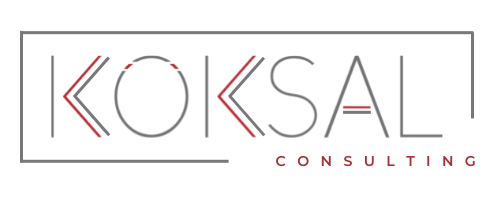Report:
Mevsimsel tarım işçiliği süreklilik kazanmış durumda. Çocuklar aileleriyle birlikte göçebe hayatı yaşamaktadır. Çocuk işçiliğini ortaya çıkaran ana nedenlerin etrafından dolaşarak çözüme ulaşmaya çalışmak ancak sorunun farkındalığına hizmet ediyor. Çocuk işçiliğinin birincil nedeni yoksulluktur. Ailelerin en büyük şikâyeti eğitim araçlarının pahalılığı. Devlet okullarında kırtasiye masraflarının yanı sıra ekstra beslenme, ulaşım, okul aile birliklerinin talep ettikleri ücretler karşılanamaz bir hâl almış durumda. Milli Eğitim Bakanının geçenlerde yaptığı açıklama da kız çocuğu olan velilerin çocuklarını erkeklerle aynı sınıfta okumalarını istemedikleri için okula göndermediklerini söylemi bir gerçeklik içerse de maddi imkânsızlıklar nedeniyle milyonlarca çocuğun okula gönderilemiyor oluşu bakanın aklına ve diline gelmiyor. Asıl derdi karma eğitim modeline duyduğu öfke ve bu eğitimin kaldırılmasına yönelik adımlar aklına geliyor. Sadece kızların gideceği okullar mesela. Hükümetin bakanlarının aklına gelmeyen her yaştaki emekçiler ve yoksulluğun sona erdirilmesi. Akıllarına gelen açlık sınırının biraz üstündeki asgari ücreti, bütün emekçilerin ortalama ücreti hâline getirmek. Açlığın yönetilmesi için politikalar geliştirmek.
Detailed, accurate, and objective paraphrasing in neutral English:
Seasonal agricultural labor has become a continuous practice. Children live a nomadic life with their families. Trying to address the underlying causes of child labor without directly confronting the issue only serves to raise awareness. The primary cause of child labor is poverty. Families’ biggest complaint is the high cost of educational materials. In addition to stationery expenses in public schools, the costs of extra nutrition, transportation, and fees demanded by school parent associations have become unaffordable. Although the recent statement by the Minister of National Education acknowledges that some parents do not send their daughters to school because they do not want them to study in the same class as boys, the issue of millions of children being unable to attend school due to financial constraints does not come to the minister’s mind or language. Their main concern is their anger towards mixed-gender education and steps towards its elimination. For example, they suggest establishing separate schools for girls. What does not come to the minds of government ministers are the workers of all ages and the eradication of poverty. It does not occur to them to increase the minimum wage slightly above the poverty line and make it the average wage for all workers. Developing policies to address hunger is also not on their agenda.
ESG Risks:
1. Child labor: The content highlights the prevalence of child labor in seasonal agricultural work, which poses a risk to companies’ value chains. Companies need to ensure that their supply chains are free from child labor and adhere to labor rights standards.
2. Poverty and inequality: The high levels of poverty and inequality contribute to child labor and hinder access to education and basic services. This poses a risk to companies’ operations as it can lead to social unrest and affect their reputation.
3. Lack of access to education: The cost of education, including school supplies, nutrition, transportation, and fees, is unaffordable for many families. This hinders children’s access to education and limits their future opportunities. Companies should consider supporting initiatives that promote access to education.
4. Low wages and economic crisis: The economic crisis in Turkey has led to a decrease in purchasing power for workers, with inflation eroding salary increases. This can lead to social and economic instability, impacting companies operating in the country.
Vulnerable Groups:
1. Children: Children are the most vulnerable group affected by child labor and limited access to education.
2. Workers: Workers, including seasonal agricultural laborers, face low wages and poor working conditions.
3. Families living in poverty: Families living in poverty struggle to afford basic needs and education for their children.
Organizations:
1. Government: The government, including the Ministry of National Education, plays a role in addressing the issues of child labor, education, and poverty.
2. Companies: Companies involved in the agricultural sector and their supply chains have a responsibility to ensure labor rights and address child labor risks.
Regions:
1. Ankara, Konya, Adana, and the Black Sea region: These regions have a high concentration of seasonal agricultural workers and are affected by the risks associated with child labor and poor working conditions.
Sectors:
1. Agriculture: The agricultural sector is directly affected by child labor risks and poor working conditions, particularly in seasonal labor.
Keywords:
Child labor, poverty, education, seasonal agricultural labor, government, companies, vulnerable groups, wages, economic crisis, supply chain, labor rights.
SOURCE
